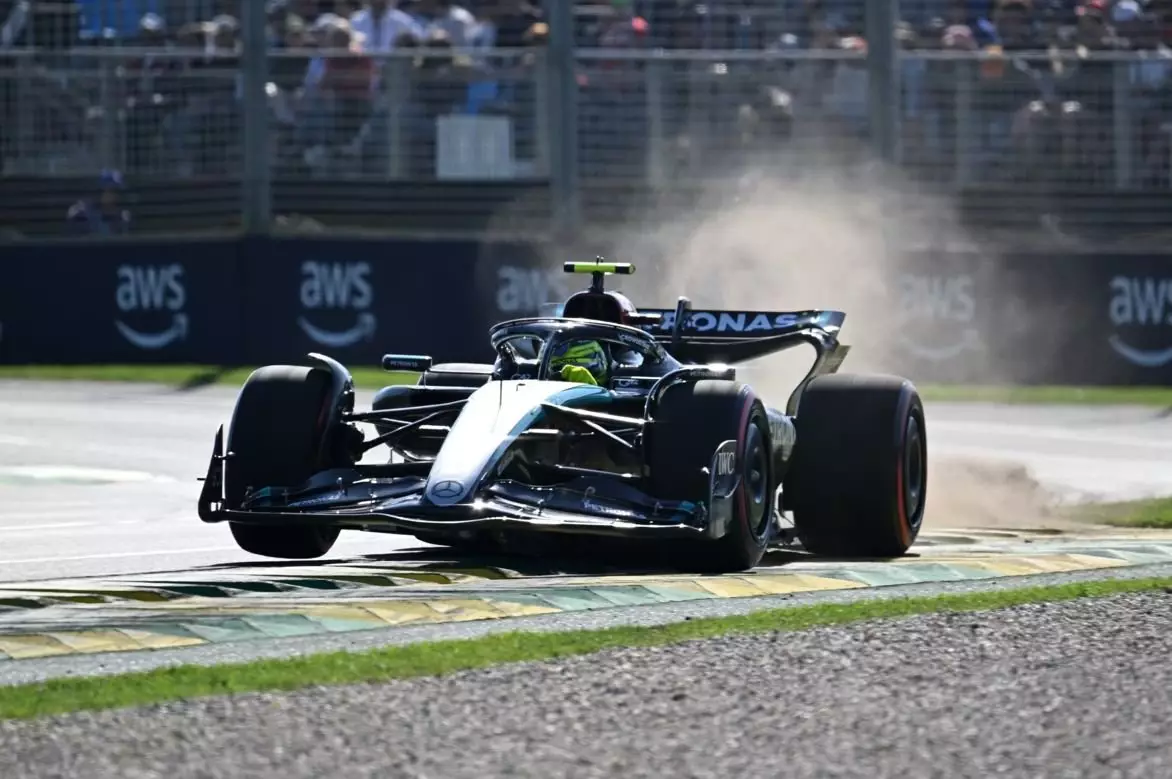Mercedes arrived in Melbourne with high hopes of making a significant improvement in their performance, following a series of disappointing races in the beginning of the season. However, the team faced challenges during the Friday practice sessions, as extreme setup changes backfired and caused a regression in their results. Despite starting strongly in FP1, the team slipped to sixth and 18th in FP2, with Lewis Hamilton and George Russell respectively. This highlights the importance of finding the right balance in setup changes, as drastic adjustments can have negative consequences on performance.
Mercedes motorsport boss Toto Wolff expressed his frustrations with the team’s inability to unlock their full potential in the current rules era. He acknowledged the efforts made by the team to experiment with different setups and tweaks, but emphasized the need to find the “silver bullet” that would guide them in the right direction. The lack of competitiveness despite having all the necessary tools at their disposal is a clear indication of the challenges faced by the team in maximizing their performance on track.
Both Lewis Hamilton and George Russell faced difficulties in adapting to the setup changes made by the team during the practice sessions. Hamilton, who described the W15 as an “amazing car”, experienced a dramatic setback in performance due to the changes made between FP1 and FP2. On the other hand, Russell found the car trickier to handle in the windier conditions of FP2, which affected his overall performance on track. These challenges underline the importance of driver-team communication and collaboration in optimizing the setup of the car.
Mercedes trackside engineering director Andrew Shovlin reflected on the team’s performance tweaks aimed at improving high-speed cornering and reducing bouncing after the previous race in Saudi Arabia. While the changes seemed to be a step in the right direction during FP1, the struggles in FP2 highlighted the need for further adjustments to fine-tune the car’s setup. The team’s ability to analyze and adapt to the changing track conditions is crucial in achieving consistent performance across different sessions.
Mercedes’ performance in Melbourne reflects the challenges faced by the team in optimizing their setup and unlocking their full potential on track. The difficulties in setup changes, struggles to unlock performance, and challenges faced by drivers underscore the complexities involved in achieving success in Formula 1. Moving forward, the team must focus on learning from their mistakes, fine-tuning their setup, and working closely with their drivers to maximize their performance in future races.


Leave a Reply